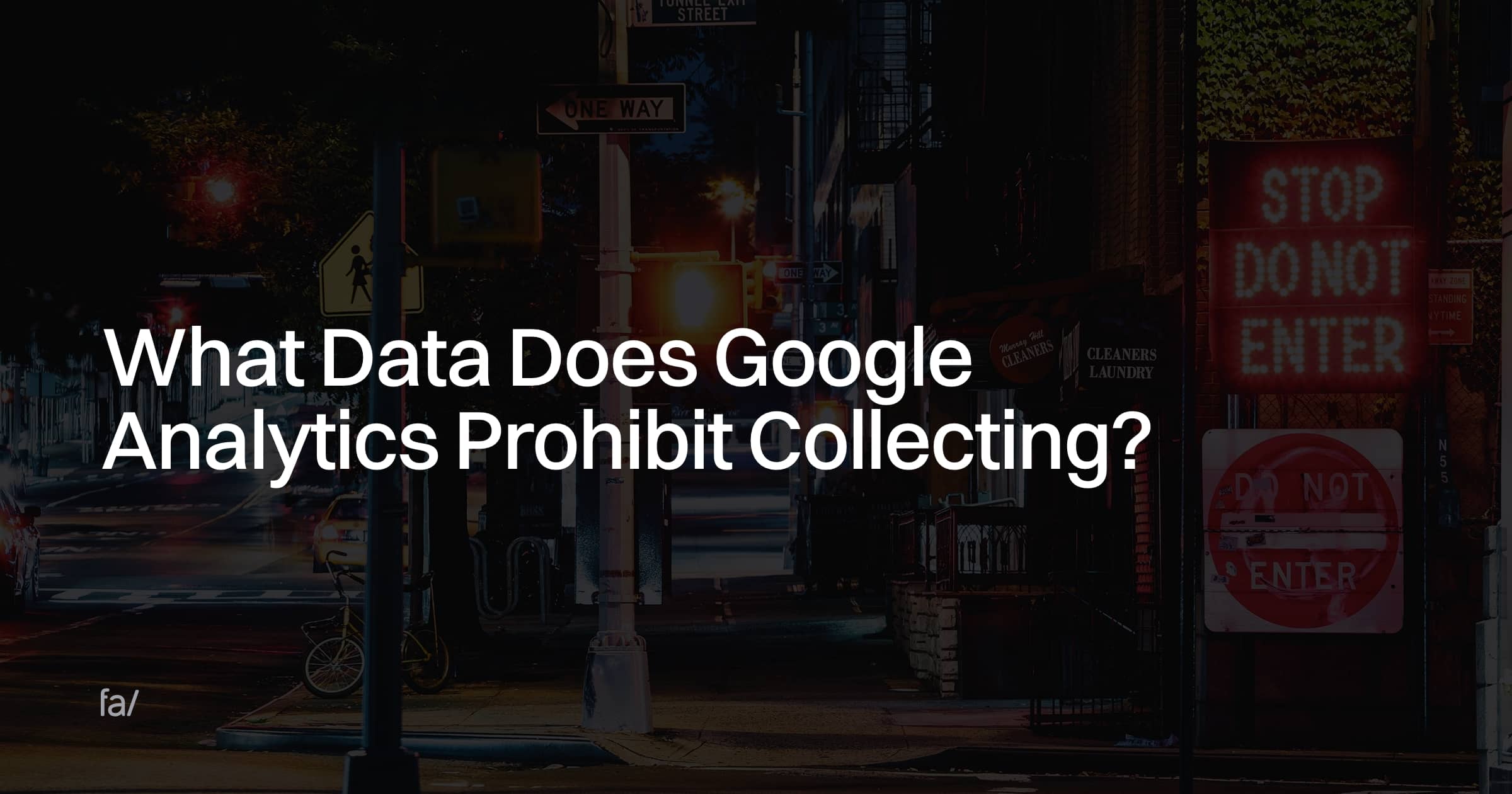Comprehensive Overview: What Data Does Google Analytics Prohibit Collecting?
Comprehensive Overview: What Data Does Google Analytics Prohibit Collecting?
Blog Article
Grasping the Art of Overcoming Information Collection Limitations in Google Analytics for Better Decision-Making
In the realm of electronic analytics, the ability to extract purposeful insights from information is paramount for notified decision-making. By employing advanced methods and calculated techniques, companies can boost their data top quality, unlock hidden insights, and pave the method for more enlightened and reliable choices.
Data Quality Evaluation
Evaluating the top quality of data within Google Analytics is a crucial action in making certain the reliability and precision of insights originated from the gathered information. Information quality evaluation entails reviewing numerous elements such as accuracy, efficiency, uniformity, and timeliness of the data. One key facet to consider is data accuracy, which describes exactly how well the data shows truth values of the metrics being gauged. Imprecise information can cause faulty conclusions and illinformed company choices.
Completeness of data is an additional vital factor in assessing data quality. Uniformity checks are also important in information high quality analysis to recognize any type of inconsistencies or anomalies within the information set. By focusing on information quality assessment in Google Analytics, companies can improve the reliability of their analytics records and make even more informed choices based on exact understandings.
Advanced Monitoring Methods
Making use of sophisticated monitoring methods in Google Analytics can considerably improve the depth and granularity of information gathered for more detailed analysis and insights. One such strategy is occasion monitoring, which enables the tracking of particular communications on an internet site, like clicks on switches, downloads of data, or video views. By carrying out occasion monitoring, services can get a much deeper understanding of customer behavior and interaction with their online web content.
Furthermore, custom-made dimensions and metrics supply a means to customize Google Analytics to details company requirements. Customized dimensions permit for the creation of new information points, such as individual functions or client segments, while custom metrics allow the tracking of one-of-a-kind efficiency signs, like revenue per customer or ordinary order value.
Furthermore, the use of Google Tag Supervisor can enhance the execution of monitoring codes and tags throughout a web site, making it simpler to take care of and deploy advanced tracking configurations. By utilizing these sophisticated monitoring techniques, businesses can unlock useful understandings and maximize their on-line approaches for better decision-making.
Personalized Dimension Application
To improve the depth of information accumulated in Google Analytics beyond advanced monitoring methods like occasion tracking, organizations can execute custom-made measurements for more customized insights. Custom-made dimensions enable services to define and accumulate specific information points that relate to their special objectives and objectives (What Data Does Google Analytics Prohibit Collecting?). By assigning personalized dimensions to various components on a website, such as customer communications, demographics, or session information, organizations can acquire an extra granular understanding of exactly how customers involve with their on-line residential properties

Attribution Modeling Approaches
By using the ideal acknowledgment version, companies can properly attribute conversions to the proper touchpoints along the client journey. One usual attribution version is the Last Communication version, which gives credit report for a conversion to the last touchpoint a user communicated with prior to converting.

Data Experiencing Avoidance
When handling huge volumes of information in Google Analytics, overcoming information tasting is vital to make certain precise understandings are derived for notified decision-making. Data sampling happens when find out this here Google Analytics estimates patterns in data as opposed to assessing the complete dataset, possibly bring about skewed results. To stay clear of information sampling, one effective method is to reduce the date variety being analyzed. By concentrating on shorter timespan, the chance of running into tasted information decreases, offering a more exact representation of individual habits. Furthermore, using Google Analytics 360, the premium version of the platform, can assist reduce sampling as it permits higher information thresholds prior to tasting kicks in. Implementing filters to narrow down the information being examined can likewise aid in preventing sampling problems. By taking these proactive steps to minimize information tasting, companies can remove a lot more accurate understandings from Google Analytics, causing much better decision-making and boosted overall efficiency.
Verdict
In final thought, grasping the art of overcoming information collection limitations in Google Analytics is critical for making informed decisions. By conducting a complete information high quality assessment, carrying out advanced monitoring techniques, making use of custom-made measurements, utilizing acknowledgment modeling methods, and preventing data sampling, organizations can make sure that they have reliable and exact information to base their decisions on. This will ultimately bring about a lot more effective approaches and far better outcomes for the company.

Report this page